- To begin with, how do you see the landscape of cloud developing in India and globally? What specific trends do you see that will shape the future of its adoption?
We are seeing a great amount of maturity in the usage of Cloud technologies by Indian Customers. The use of the Public Cloud as a technology is an integrated part of any IT Strategy for enterprises today.
At HPE, we believe the world is Hybrid, and delivering that Cloud experience across Edge to Cloud is what we are focused on.
As organizations mature on their Digital transformation journey’s they will look using the best of economies of scale, best of performance, best of resiliency, best of security, etc. The important point is that this transformation for the best will be based on Workloads and Data.
- Is India ready for a hybrid cloud future?
Surely, Indian enterprises are understanding the Hybrid Cloud reality. The explosive growth of apps and data has led many customers on a journey to private/Hybrid Cloud.
Initially, the public cloud-enabled quick and easy deployment of additional resources required to meet business demands. However, while the public cloud offered scalability, speed, and agility, it created concerns around security and compliance, leading many customers to seek the control of the private cloud. 70% of applications still need to remain on‑premises in data centers, edges, and colocation facilities due to data gravity, latency, application interdependency, and regulatory compliance
The only way to handle tomorrow would be to develop a Hybrid Cloud strategy. So all enterprises, traditional or born in the cloud will have to think about “What is our Hybrid Cloud strategy?”
- What are the most pressing challenges faced by Indian enterprises in terms of hybrid cloud and HPE’s role in aiding them to overcome such challenges?
I am sure that there is enough talent and skill today in the Indian context for Cloud, Hybrid, and Multi-Cloud deployments. There is also enough experience of Cloud deployments and their maturity.
However, the top reasons for the adoption of Hybrid strategies remain well understood. These include security, performance, cost/control, and the reduction of shadow IT.
Companies are now working to establish the right mix of cloud, determining which workloads make sense for the public cloud (non‑strategic, not performance bound) and which are likely to stay within their own four walls on their private cloud (due to security/compliance or performance).
- What’s next for hybrid cloud?
Today, organizations are constantly working to improve and transform their IT systems and infrastructure. Businesses are adopting cloud-native technologies, embracing software-defined systems and hyperconverged infrastructures, and adopting containers and microservices. And increasingly, hybrid cloud has become the new normal for infrastructures—giving businesses the ability to effectively leverage workloads on the Cloud and on-premises compute resources. To best carry out these transformations, many organizations have discovered that improving their on-premises compute capabilities is as key to success as any new cloud-based system or technology. In fact, many businesses are seeing an increased need for these resources, as several workloads are actually moving from the public cloud to on-premises compute systems.
In recent research into infrastructure workloads and cloud adoption, Aberdeen has surveyed businesses about their application and workload deployment. And from 2018 to 2021, they found that more workloads move from the public cloud to private cloud and on-premises servers. Deployments using private cloud and on-premises systems have nearly doubled. Workloads on the public cloud have gone down by a ratio of 25%. Hybrid cloud is now the top platform for workloads, with 31% of workloads on hybrid cloud. With hybrid cloud as the new normal for many workloads, businesses are no longer solely driven by the need to get to hybrid cloud—a previous top pressure discovered through our research.
Now organizations are looking to optimize their hybrid infrastructures to best deliver Business and IT outcomes.
- Tell us more about the session you hosted at the Big CIO Show?
This was my second time on the BIG CIO Show’s platform, and I feel it is a great place to share ideas and understand the needs of our vibrant CIO community.
The session focused on how HPE has been enabling Digital Transformation efforts for our Customers with Technology, Solutions, and Services including financial models that will enable customers to get the great Hybrid Cloud experience.

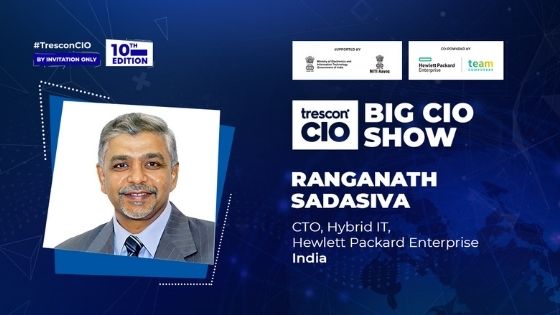


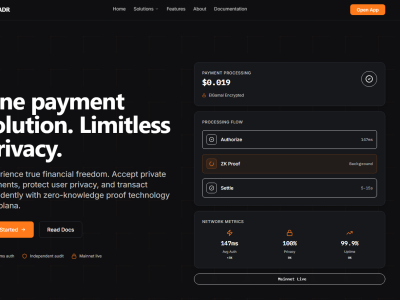
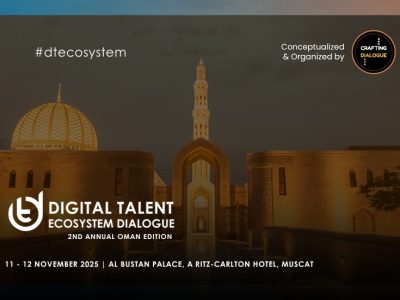




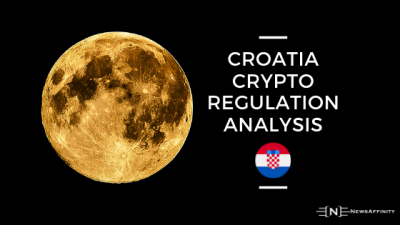
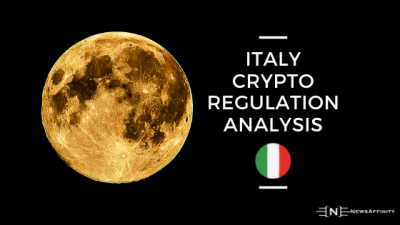



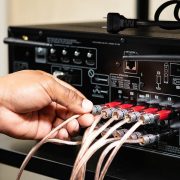

Comments